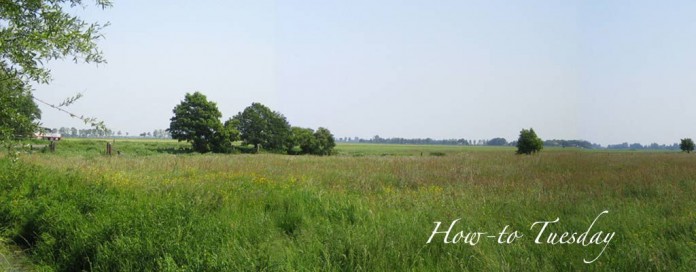There are numerous benefits to burning pasture, such as managing plants and controlling natural succession. According to the Ohio Department of Natural Resources Division of Forestry, fire increases soil nutrients, stimulates vegetation growth and provides food and shelter for wildlife.
A prescribed pasture burn can get out of control quickly if not carefully planned and conducted. Here are five safety tips adapted from Mississippi State University Extension Service.
Pasture burning safety tips
1. Secure prior approval. Before burning pasture, know your state’s limitations for burning and get appropriate approval. Contact the appropriate authorities and gain permission before moving forward with the burn.
In Ohio, prescribed burns can take place during the burn-ban months of March, April, May, September and October, but only with the Chief of the Division of Forestry’s permission. The Ohio Environmental Protection Agency grants permission for burning agricultural waste if inside city limits or if the the waste is going to be larger than 4,000 cubic feet outside of city limits.
2. Have a plan. Know the area where you are planning to burn as well as the surrounding area. Take note of property lines, fences, gates, power lines, roads, trails, streams, wetlands, nearby buildings. Also, be aware of anything that could intensify the fire, such as dead trees, dry pine trees or matted grass.
Create firebreaks to contain the fire. One way to create firebreaks is by mowing, plowing, disking, creating a wetline or backfiring. Roads, ponds and plowed fields can be used as firebreaks, too.
Notify surrounding landowners of your intent to burn in advance.
3. Watch the weather. Conditions must be favorable for a successful burn. The factors that determine a safe burn include:
- Wind speed and direction
- Temperature
- Humidity
Rules for individual states may vary in regards to wind speed and direction, temperature and humidity. If conditions aren’t met, your burn will have to be rescheduled.
4. Wear appropriate clothing. Wear clothes made of cotton and leather gloves and boots when you’re burning pasture. Wearing goggles and a facemask, and wear a hard hat if working near trees, brush or power lines.
Don’t wear polyester, plastic or rubber clothing, as these materials will melt and stick to the skin if they catch fire. Also, don’t wear torn clothing.
5. Use proper equipment. You need equipment to ignite the fire and to smother it.
Ignite the fire using a drip torch, flare, propane torch or matches. A drip torch is the most efficient method.
Have a sufficient supply of water on hand to refill pumps and sprayers when you burn pasture. A high-pressure sprayer is recommended, but if the pasture has safe boundaries, a low-volume cattle or field crop sprayer could work.
Depending on the size of the burn, cell phones or radios could be used for crew members to communicate with one another. Farm tractors, ATVs or other vehicles could be used to transport the crew, equipment and water.
To learn more about burning laws and regulations, refer to these sources:
- Ohio Department of Natural Resources Division of Forestry Prescribed Burning
- Ohio Department of Natural Resources Division of Forestry Burning Laws
- Ohio Department of Environmental Protection Open Burning Regulations (PDF)
- Ohio Revised Code for Open Burning Standards
- Natural Resources Conservation Services Prescribed Burning
STAY INFORMED. SIGN UP!
Up-to-date agriculture news in your inbox!











